Programmes that connect young people to practising artists tend to focus on how they impact their young participants. But how do the practitioners benefit from these exchanges? Artists Loni Johnson and Chire Regans are dedicated educators, mentors, and pillars of their communities in Miami, Florida. The longtime friends met in spring 2025 to look back on their history as collaborators and their experience travelling to Kunsthall Stavanger to lead a week-long Mobilizing Citizenship intensive in October 2023.
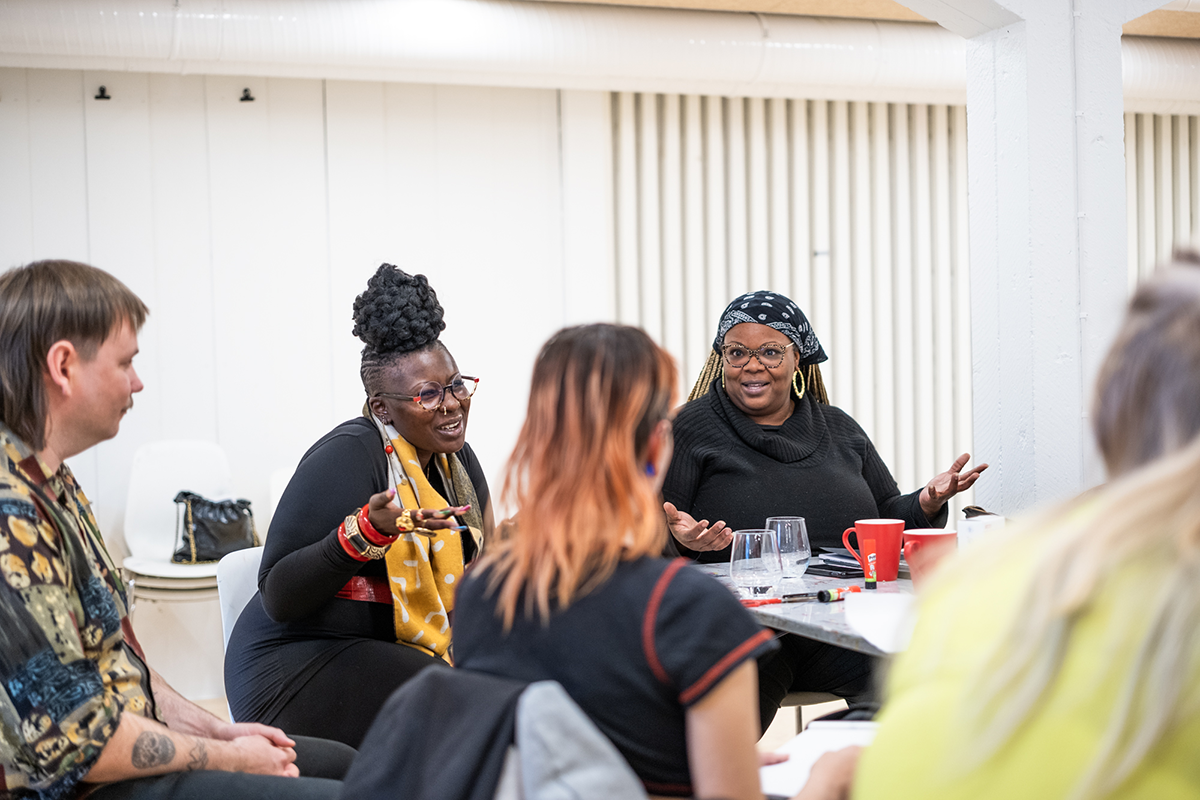
Loni We went to a visual and performing arts high school together and met sometime in 1994–95. I’ve always been a clown and a fool and like to be disruptive. Chire was sitting in the front of our Spanish class looking studious, and I was in the back with the riffraff, causing ruckus.
Chire There weren’t a lot of Black students to start with, and you gravitate towards the people who look like you in spaces where you’re in the minority. Loni was just so goofy, and you can’t help but be drawn to somebody who brings laughter into a space. We maintained our friendship from that moment on. After college, we came back to Miami. The city was starting to blossom into this reputable artist ecosystem.
L The Black Miami art scene is small, but the Black women art scene is even smaller. That also brought us closer together. Especially here in Miami, this idea of collaboration is kind of new. It can’t be forced. It has to happen organically. You have to be able to mirror each other’s practice—collaboration is a reflection of everybody involved.
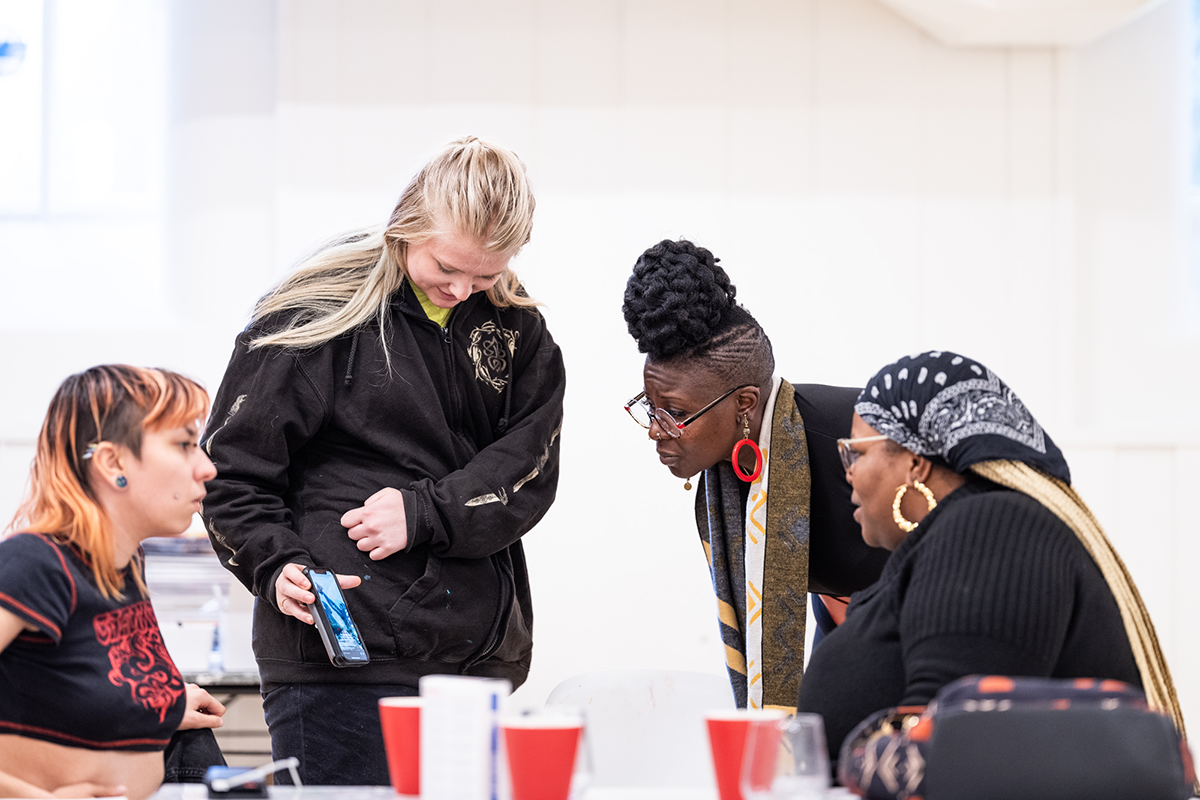
C We’ve always worked with young people, and there’s always been this dialogue about how we work with young people in different spaces. It’s informed by how people worked with us when we were young people.
Loni and I worked together at the Pérez Art Museum Miami on Art Detectives.↵Art Detectives is a program where PAMM teaching artists, members of The Links, Inc., Greater Miami (FL) Chapter, Miami-Dade County Police, students, and AmeriCorps volunteers from Breakthrough Miami, work together to build relationships using art as a catalyst.We were there as it was being launched in 2016, 2017, and have played a significant role in developing the program to shift with society.
Up until that point, arts programmes involving law enforcement centred on the officers leading and developing whatever theme they wanted to pursue. But in our programme, the placement was: you (law enforcement) are a participant, and we (the artists) are facilitating this interaction, between you and young people, in an art museum. We learned a lot. I was hesitant going into it just because of the body that I occupy: it’s the police, and they were in uniform. The public witnessed this programme. Chire and I had to be the barriers between what was happening around and what was happening within.
Up until that point, arts programmes involving law enforcement centred on the officers leading and developing whatever theme they wanted to pursue. But in our programme, the placement was: you (law enforcement) are a participant, and we (the artists) are facilitating this interaction, between you and young people, in an art museum.
L It was a lot of emotional labor, having to hold space in a way that I have never held space for young people before. But in that time and moment, it was needed. To have young people, artists, law enforcement, elders—all of the different components of community—in one space, and to then make art that could break down barriers to allow for conversations that don’t normally happen, it was something kind of magical.
It’s interesting because the programme has shifted a lot. Especially after 2020, I think that between the—I hate this term—‘racial reckoning’, COVID-19, and all of these shifts in our society, we had to shift the programme as well. How were we going to continue to be at the table with these people when they’re shooting and murdering Black people in the streets?
It organically happened that law enforcement is no longer involved in the programme. Instead, now we focus on the role of the artist, the role of art, the role of institutions in social justice: What does that look like? And for young people, what does that look like for them? This was also helpful when we came to the Kunsthall.
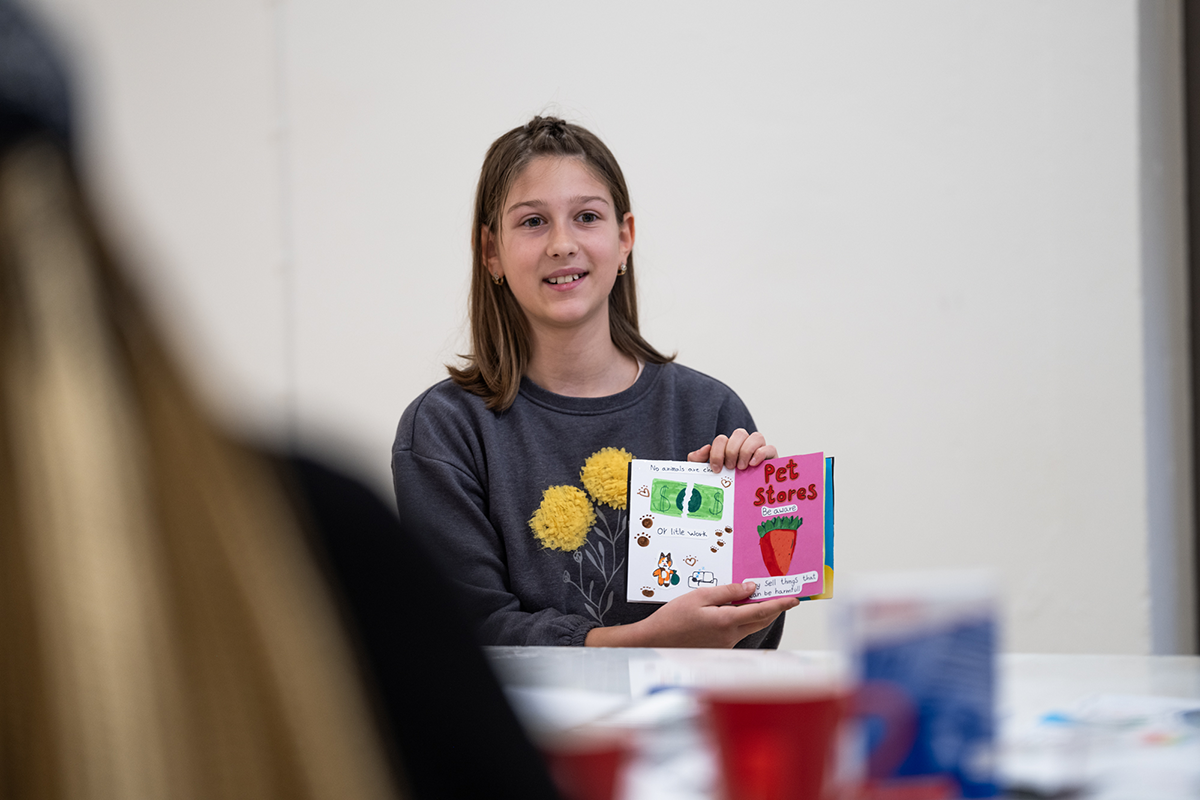
C For Stavanger, I developed a zine-making workshop, because of the impact of zine-making here in the United States. When young people—or anyone—want to speak about a specific issue, they can make a zine and pass it around, and that work lives on even when you go away. It’s information-heavy, and you can talk about anything. I wanted to give them the freedom to talk about whatever social issue they wanted to talk about.
To prepare, I thought a lot about my practice: what it means in relation to where I live and in the US as a whole. When we got to the Kunsthall, we both presented our practices. In advance of this, I had prepared myself for the level of emotional labor that I usually need to engage with young people. I thought I would have to explain politics and culture in the US. But when I said that I was from St. Louis (and I was ready to say, ‘It’s in the Midwest…’), the young people were like, ‘Oh yeah, we know where that is.’ And then when I talked about gun violence and specifically George Floyd, they were all familiar. I thought, ‘I don’t have to do that labor.’ I started to see that there is a difference in what young people and adults are comfortable talking about depending on where you live.
I started to see that there is a difference in what young people and adults are comfortable talking about depending on where you live.
The young people in Stavanger were not afraid of information—they had information. They knew as much about their own country as they did about other countries, and that’s a major difference compared with young people in the United States. That shifted a lot of things for me. My mind and practice shifted over the course of a week.
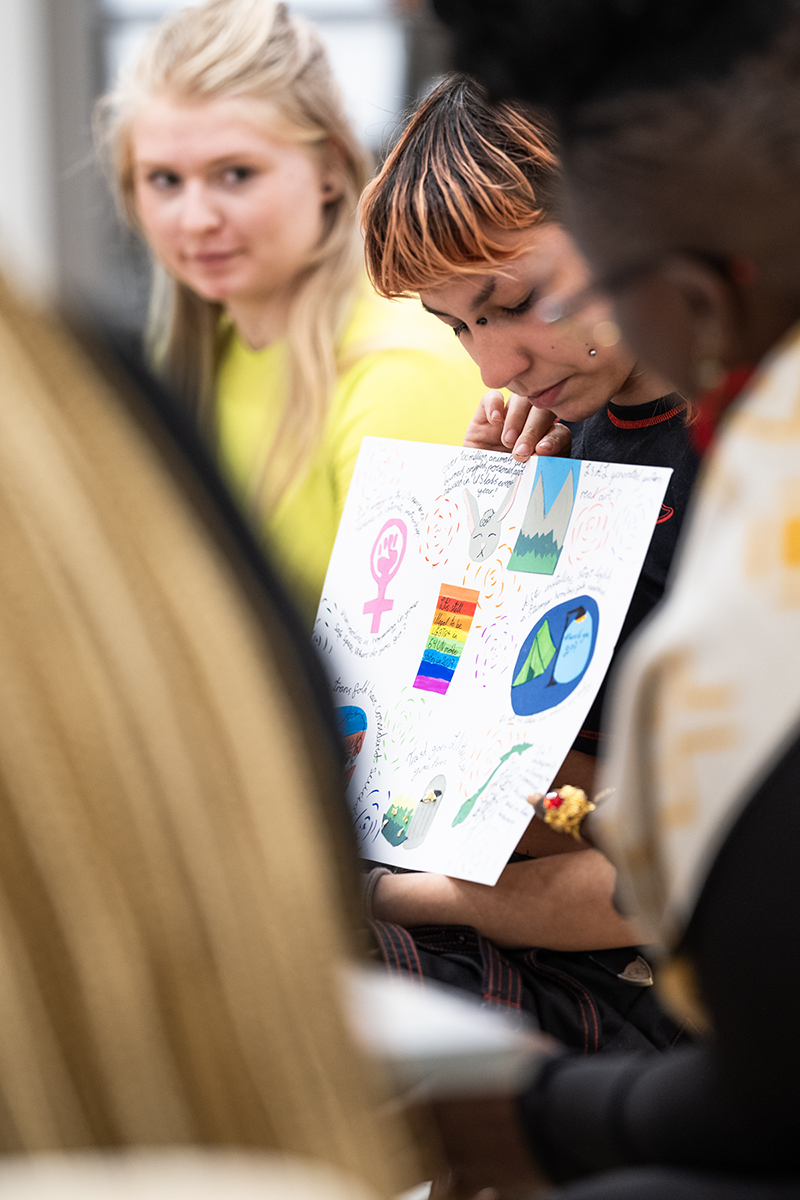
L And to have the young people at the Kunsthall lean in to these two Black women and this talk of Blackness—I was shocked.
For the altar-making workshop I led, I asked participants to think about someone they wanted to honour who was no longer with them. It was great. I love doing that activity because I’m also nosy and I like to know where people come from, who their people are. It was so dope to have these young people talk about the person that they chose to make the piece for and why.
C Often, when we walk into classrooms looking the way we do, we have to build rapport very quickly and justify why we’re in the space. But for the young people we worked with in Norway, the very fact that we were there to do an activity with them was enough. We didn’t have to qualify ourselves.
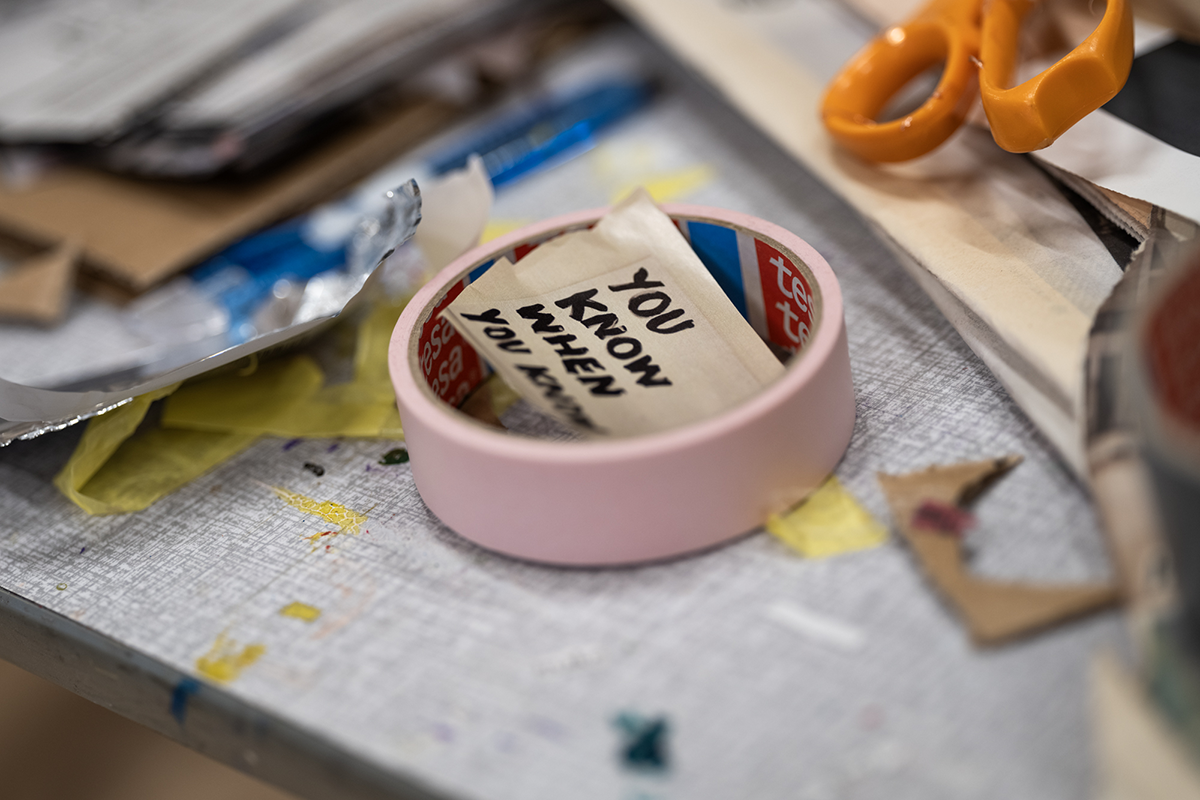
L Now, had we been lame-o’s, the kids would’ve said, ‘Pack it up’. That is just a universal thing for young people—keep it real, be authentic, and they will ride with you until the wheels fall off. But the moment you try to be something that you’re not, they’re going to be like, ‘Oh, fuck that. Who are you?’ Don’t fake it with young people, because they’re going to check out every time. I think they appreciated that we were real people who wanted to make space for them.
Don’t fake it with young people, because they’re going to check out every time.
C Even if you’re not interested in education, if you are a practising artist, you should engage with young people, because young people are going to tell you the truth about your practice. When everyone else in the ecosystem lies, young people keep you honest. They say, ‘Okay, you’re talking about this, but where is that in your work?’ Sometimes artists need to hear that.
Even if you’re not interested in education, if you are a practising artist, you should engage with young people, because young people are going to tell you the truth about your practice.
It’s also important to understand that being an educator is actual labor—commitment, dedication. There are certain requirements of you to engage with young people that you need to be equipped to take on. There’s a system of care that you have to develop and practice when you’re working with young people—when you’re working with people, period. I’ve seen some people who should not be doing this work. They don’t realise the harm they’re doing. Just one interaction with a young person will shape them. They will remember that interaction forever, even if it is something you quickly forget.
When I engage with young people in whatever capacity, even as a parent, I ground myself in the thinking that, ‘Let me be for you what I needed when I was your age. Let me be more of what I valued when I was your age.’ If we had come to Stavanger and engaged with these kids thinking we were going to save them, they would have run us out of the room. That happens in the US too. If you come into a space thinking that you are going to save these young people, they’re going to be like, ‘We don’t need you. We are surviving.’
It’s also important to understand that being an educator is actual labor—commitment, dedication.
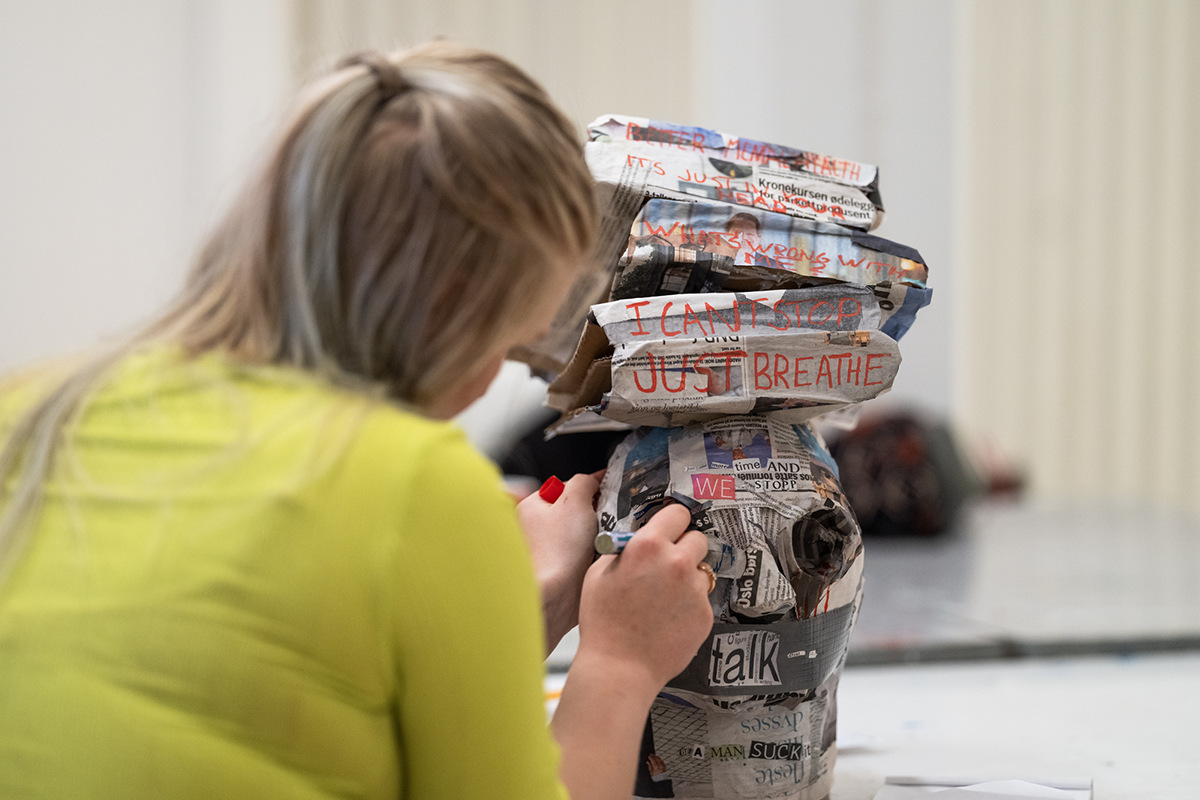
L I went to Norway for the first time earlier that year for a month-long exchange between Bas Fisher Institute in Miami and Rogaland Kunstsenter in Stavanger. When I got back, everybody asked, ‘How was it?’ I couldn’t find the exact words to describe it.
I never thought I would be back in Stavanger so quickly, and then I had the opportunity to bring my sister-friend to this place. The weight of this body that I occupy in the US lifted when I was there. It completely boggled my brain that I was in Stavanger because the folks at the Kunsthall valued me and respected me as an artist. It had me thinking about my practice in a whole different way.
C When we got back to Miami, one of the many things that I said to sum up my experience was that I felt more American in Norway than I do in the US. Having conversations about real issues that affect everybody is commonplace in Norway. Here, in the US, you have to qualify everything you say and tiptoe around issues. You have to edit yourself and explain things away, and people still rush to offence. Even when you’re talking about things that happened historically, you’re going to offend somebody. But the conversations in Stavanger were transformative.